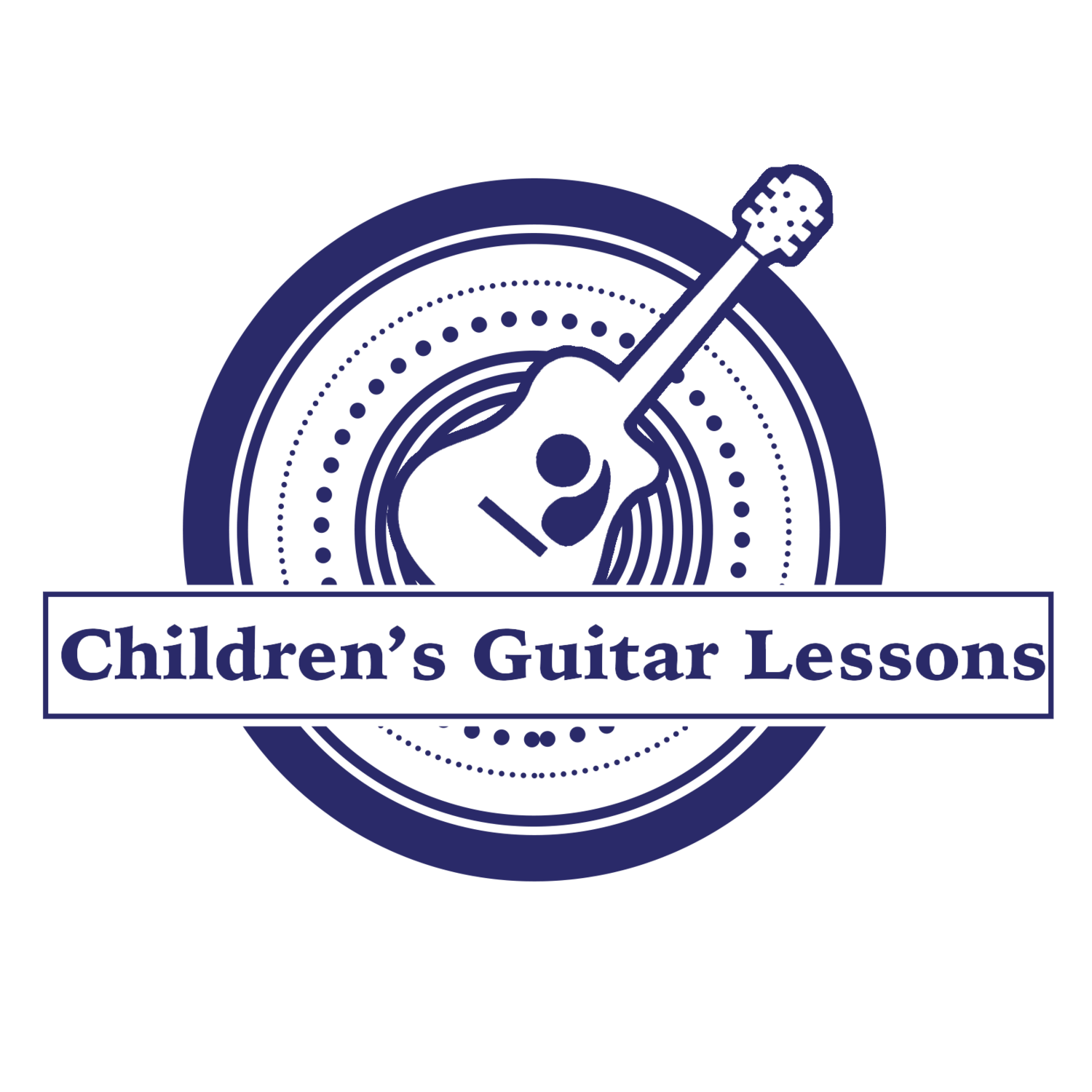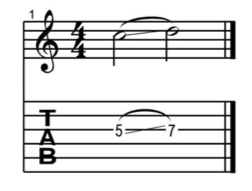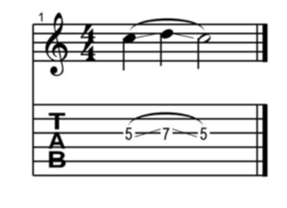How the 3NPS-Modes System can help you harmonize a Blues Pentatonic lick
Harmonisations are pretty cool, I know. Playing a melody and then adding the 3rd degree to it, to make it sound bigger or give it more impact is a great way of adding a special... note (no pun intended) to your music.
Instead of explaining how to harmonise a melody using the 3NPS Modes both in the basic melody and in the harmonisation, I want to show you here, how to harmonise a Pentatonic Lick.
Getting a simple shift to create harmonies
There are a few things to consider, when harmonising pentatonic sequences or licks, in comparison to harmonising melodies using the modes and the 3NPS Scale Patterns, where you just need to shift upwards 2 positions, to get a simple harmony.
With the pentatonic scales, this does not work so smoothly.
You can try to play a little pentatonic melody and then play the same pattern in the next or second next pattern on top of it, it will most likely not sound as pleasing as you expected. Although it also works. Kinda.
So, what do we do instead?
How to make this work
Take a random pentatonic sequence. Make it short for now.
When you got clear on what notes you want to play, translate the same lick into a modal lick with the help of the 3NPS system. You will probably skip a few notes here and there and that is intended.
Then: move up a 3rd, while staying in key. So, depending on your starting note, it can be a minor or major third and play the same structure in the modal pattern.
Here is an example.
The pentatonic lick goes as following:
The next thing to do, is to translate it into a 3NPS Pattern:
Pay close attention to the fingering and how it stays consistent with the Aeolian Pattern.
Now we shift everything into the Ionian pattern and it turns out like this:
Notice, that, if you strictly stay in the Ionian pattern and stick to the fingering, you would need to play the notes 5, 6 and 7 in the same fret but with different fingers. That can become a bit uncomfortable.
So, what other solutions do we have?
I suggest playing them both with the same finger, either the pinkie finger or the ring finger and using the rolling technique, that you might be familiar with from playing arpeggios.
Now, go and get creative yourself, do not judge your work in the beginning, just get going with something and experiment around for a while! Always stay curious.
About the author:
Michael Korte teaches kitaratunnit in tampere , Finland, and is passionate about showing his students ways to improve their playing and creativity.
He focuses on combining technique, theory and creativity into one big picture, so that his students can become balanced guitar players and play as best as they can at any time.








